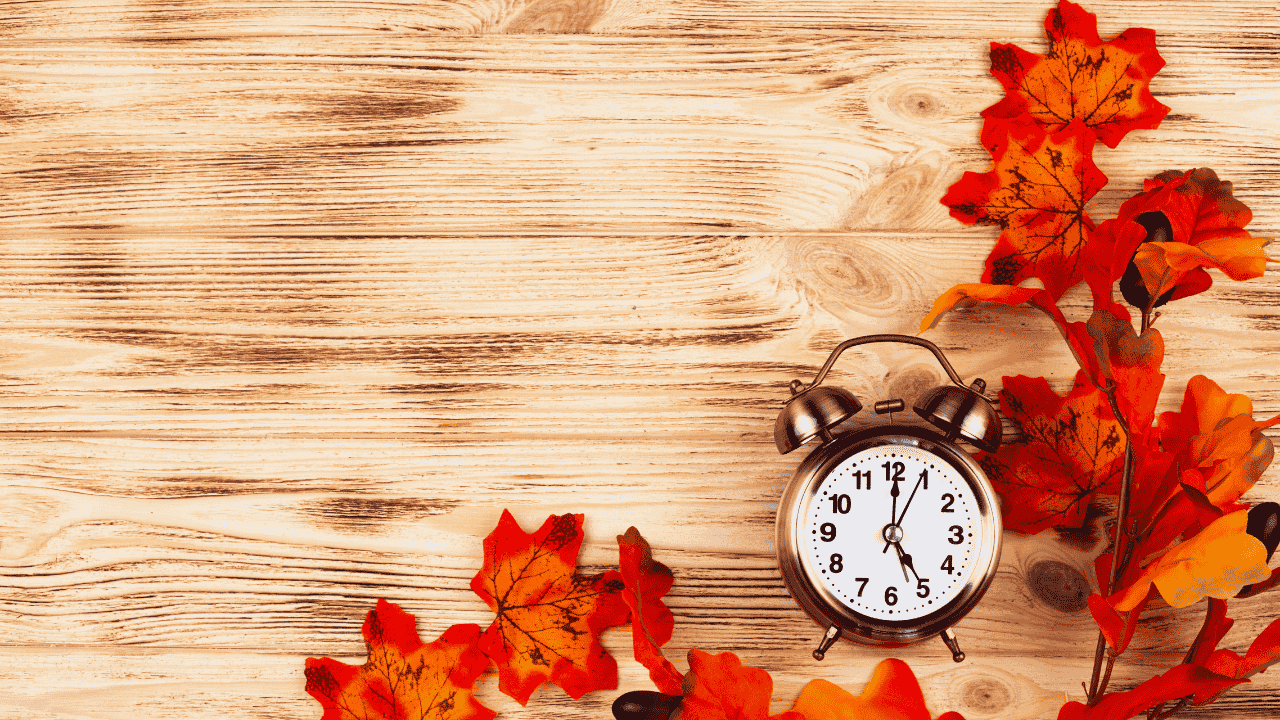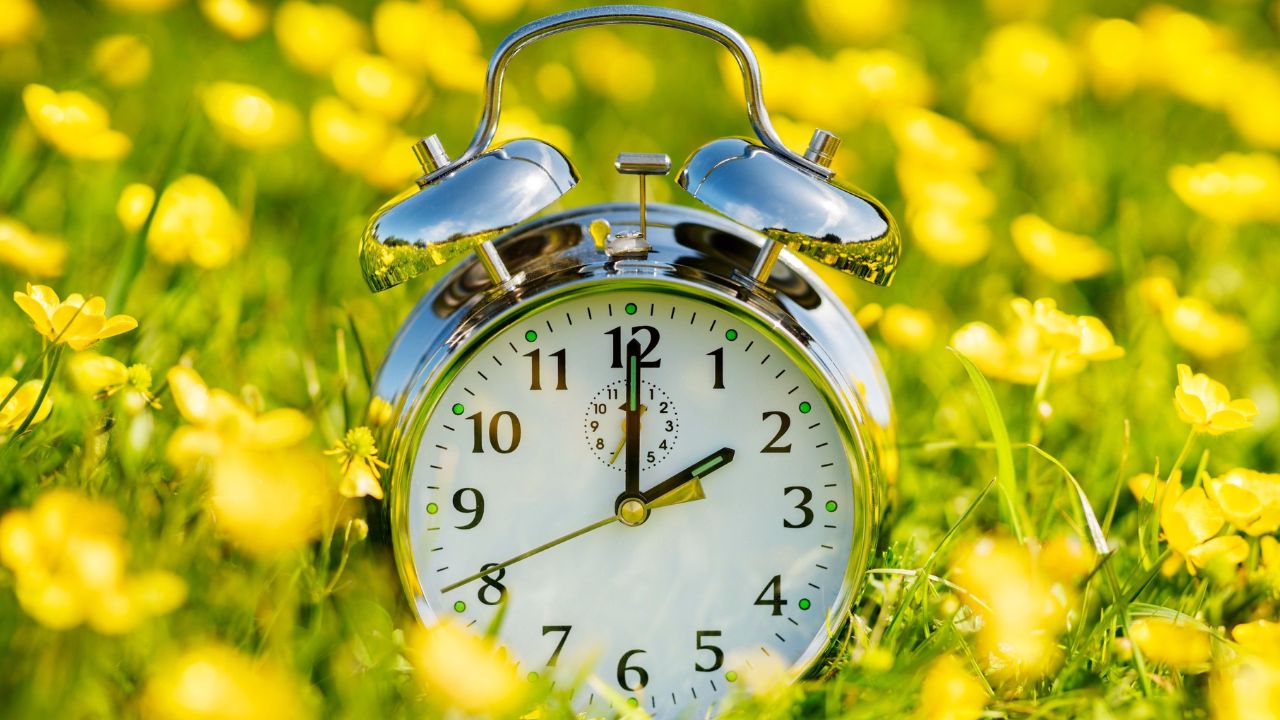Come early November, while most of us are debating between sweaters and hoodies, there’s another seasonal ritual quietly creeping up—the end of Daylight Saving Time. On Sunday, November 2, 2025, at 2:00 a.m., clocks across the U.S. will “fall back” one hour, marking the return to Standard Time. It sounds simple—an extra hour of sleep, right? But as anyone who’s groggily stumbled through the following Monday knows, that small shift can knock your routine sideways.
When and How the Change Happens
The official time change hits at 2:00 a.m., when clocks roll back to 1:00 a.m. Most smartphones, computers, and smart devices will adjust automatically. Your oven clock, microwave, or that stubborn wall clock in the kitchen? Those still need a manual reset.
Many folks find it easier to set their clocks back before heading to bed on Saturday night. That way, you wake up already aligned with Standard Time and avoid any early-morning confusion (or showing up an hour early for brunch).
If you need an official source to double-check, the U.S. Department of Transportation oversees time zone and Daylight Saving Time regulations nationwide.
Why We Change—and Who Doesn’t
Daylight Saving Time (DST) was designed to make better use of daylight during the longer days of spring and summer. But not every U.S. region buys into the practice.
Arizona (except the Navajo Nation) and Hawaii stay on Standard Time year-round. So do Puerto Rico, Guam, American Samoa, and the U.S. Virgin Islands.
While the Senate passed the Sunshine Protection Act in 2022 to make DST permanent, the measure hasn’t become law. Supporters argue it would mean brighter evenings and fewer seasonal mood dips; critics counter that darker mornings—especially in winter—could throw off sleep cycles and student routines.
What It Does to Your Body
Here’s the tricky part: even though “falling back” gives you an extra hour, your circadian rhythm—your body’s internal clock—doesn’t instantly adjust. You might feel off-kilter for several days.
Sleep experts say that this hour shift can trigger:
- Temporary fatigue and grogginess
- Changes in mood and concentration
- Increased accident risks during darker evening commutes
- Slight sleep disruptions, especially for kids and older adults
While the spring transition tends to hit harder, even the fall change can subtly affect how your brain and body function for a week or so.
Tips to Make the Shift Easier
Want to glide through the time change without feeling like you’re jet-lagged in your own house? A few small tweaks go a long way.
1. Adjust bedtime gradually. Start going to bed 15–20 minutes earlier in the days leading up to the switch.
2. Get morning sunlight. Natural light cues your body to wake up and helps reset your circadian rhythm.
3. Skip late-night scrolling. Blue light from phones and tablets can delay melatonin release and disrupt your sleep quality.
4. Avoid caffeine and alcohol before bed. Both interfere with deep sleep, making that “extra hour” feel like a cruel joke.
5. Keep a consistent schedule. Try to eat, sleep, and exercise at roughly the same times each day after the change.
According to the Centers for Disease Control and Prevention (CDC), maintaining sleep consistency is one of the best defenses against fatigue-related accidents or performance dips.
Safety Reminders: More Than Just Clocks
The time shift also brings safety implications—especially with darker evenings. Research has shown a short-term increase in traffic and pedestrian accidents right after the clock change.
To stay safe:
- Turn on headlights earlier in the evening.
- Slow down in residential and school zones.
- Make sure outdoor lights and reflective gear are in good shape if you walk or bike.
And there’s another annual ritual worth keeping: check your smoke detectors and carbon monoxide alarms. Fire departments across the country—like the National Fire Protection Association (NFPA)—recommend changing batteries every time you change your clocks. A two-minute check can literally save your life.
Why It Still Matters
For something that seems so routine, the shift back to Standard Time always stirs debate. Is it worth the hassle? Should the U.S. just pick one time system and stick with it?
Until Congress says otherwise, we’ll keep dancing this biannual tango with the clock. So while you might grumble about early sunsets and dark drives home, take the win where you can: that extra hour of rest, one cozy November morning, when the world feels just a little slower.
FAQs
When does Daylight Saving Time end in 2025?
On Sunday, November 2, 2025, at 2:00 a.m., clocks will roll back one hour.
Do phones and computers change automatically?
Yes, most digital devices do. Manual clocks like ovens and microwaves need to be reset.
What are common effects of the time chang?
You may experience temporary fatigue, mood swings, and disrupted sleep.
Which states don’t observe Daylight Saving Time?
Arizona (except the Navajo Nation) and Hawaii, plus U.S. territories such as Puerto Rico, Guam, and the U.S. Virgin Islands.
How can I adjust more easily?
Shift bedtime earlier, get morning sunlight, and avoid screens before bed.



















